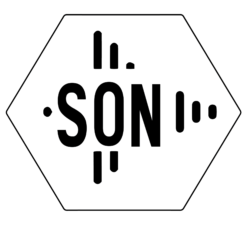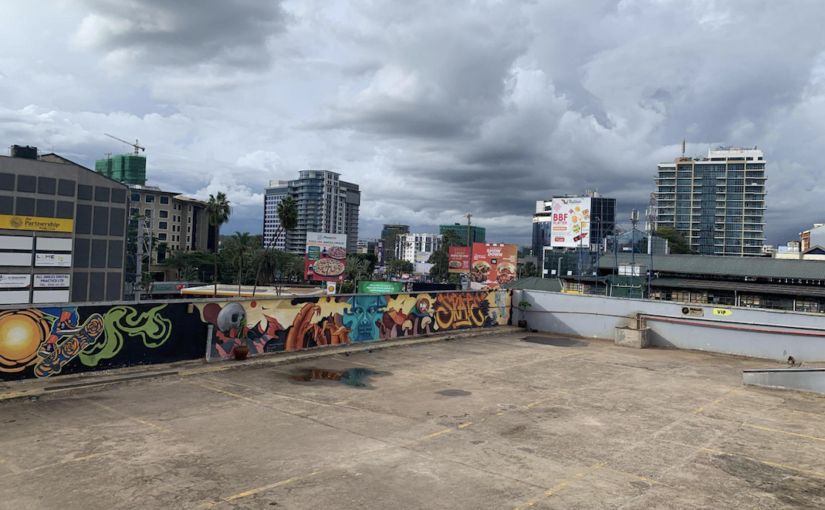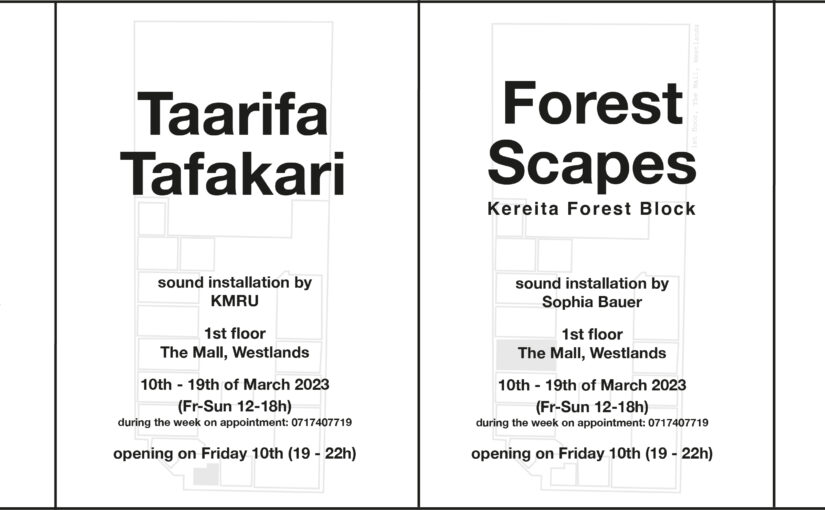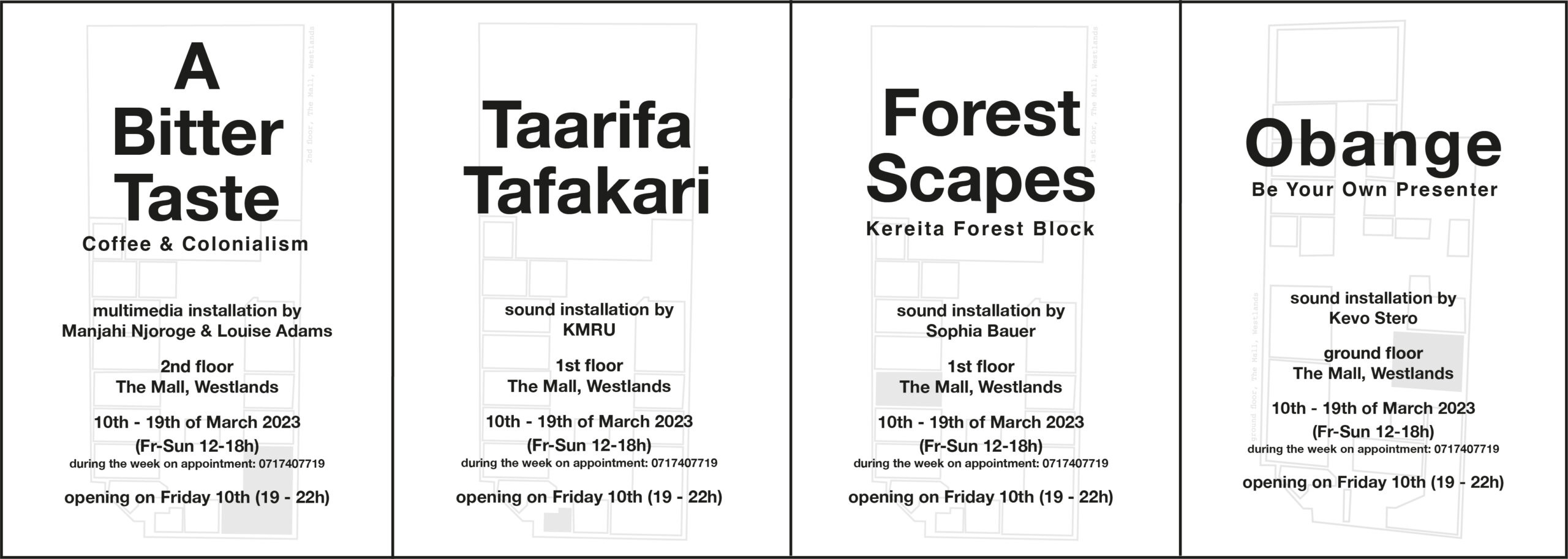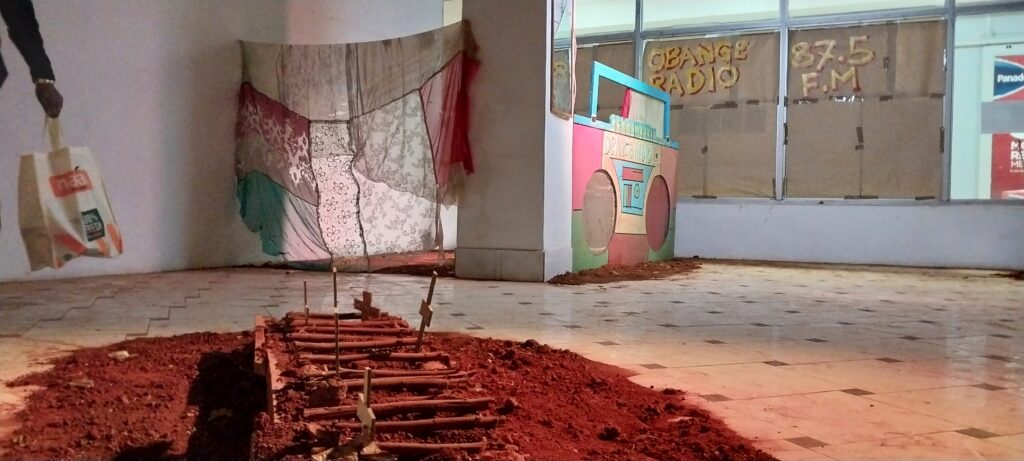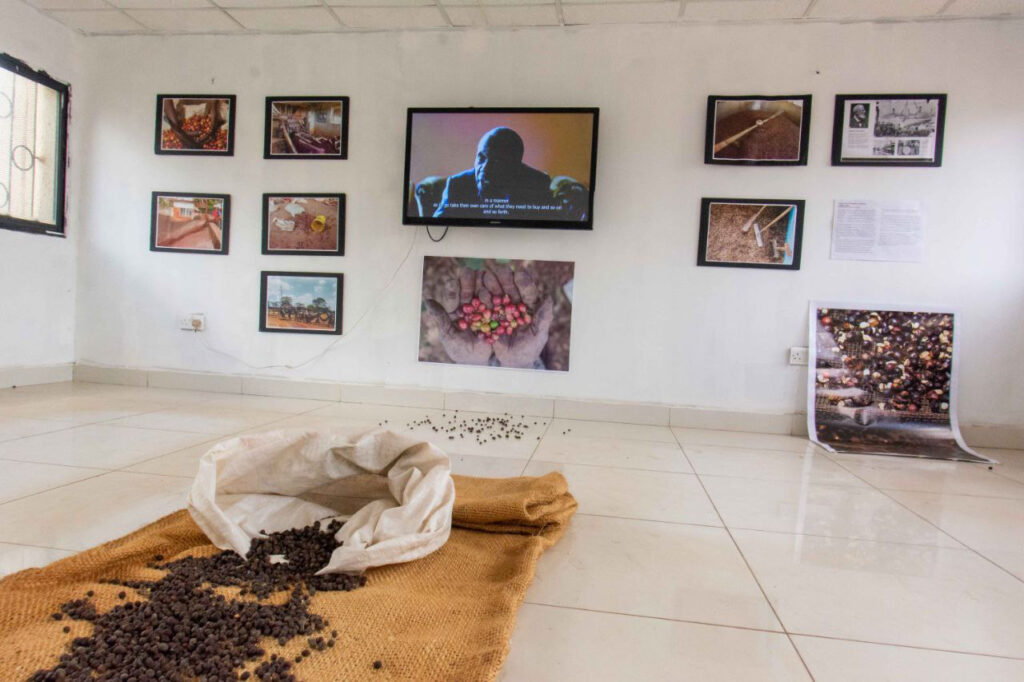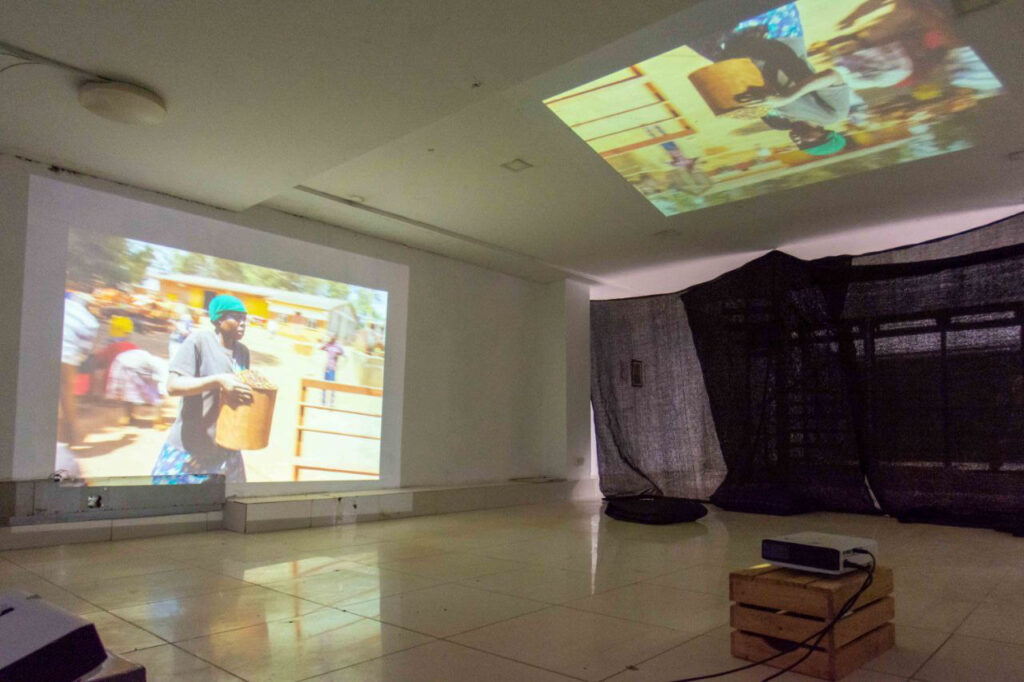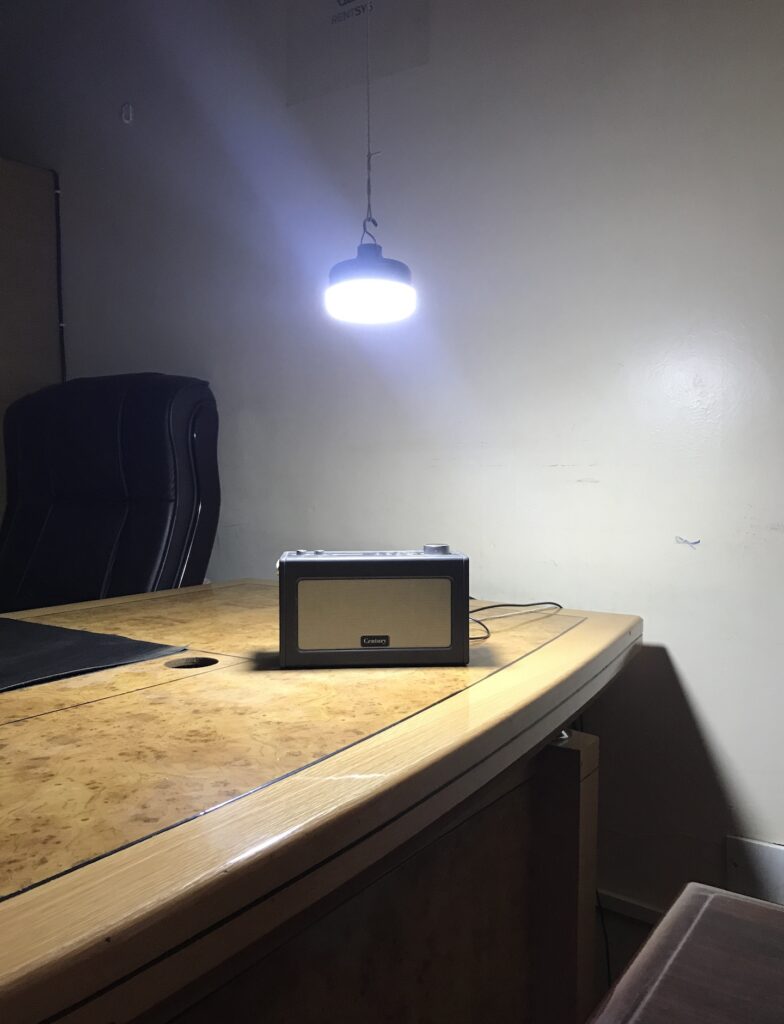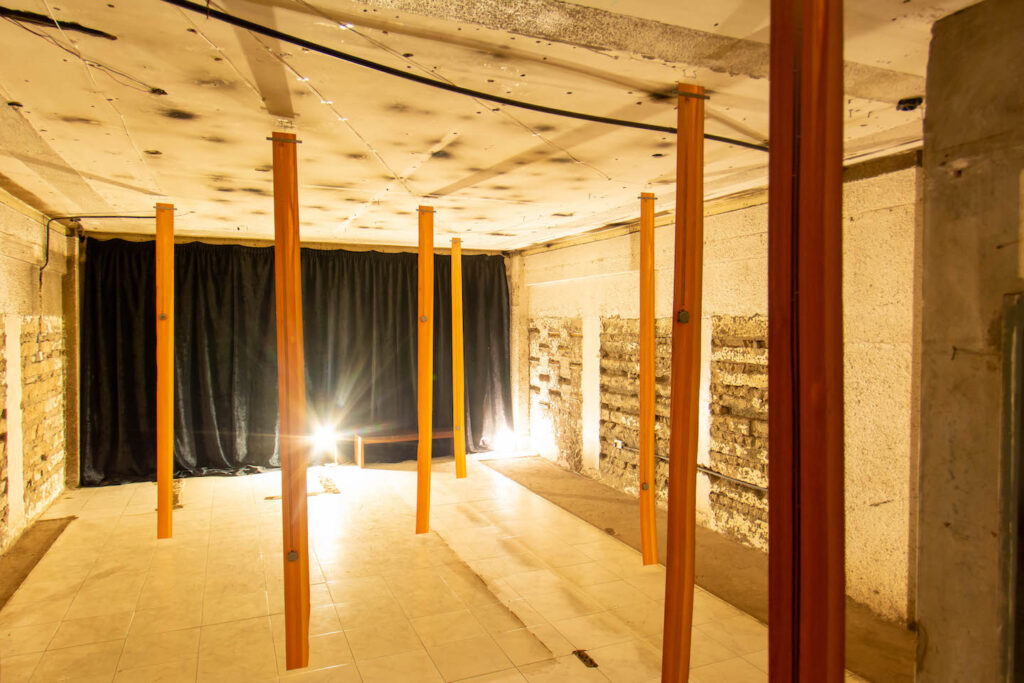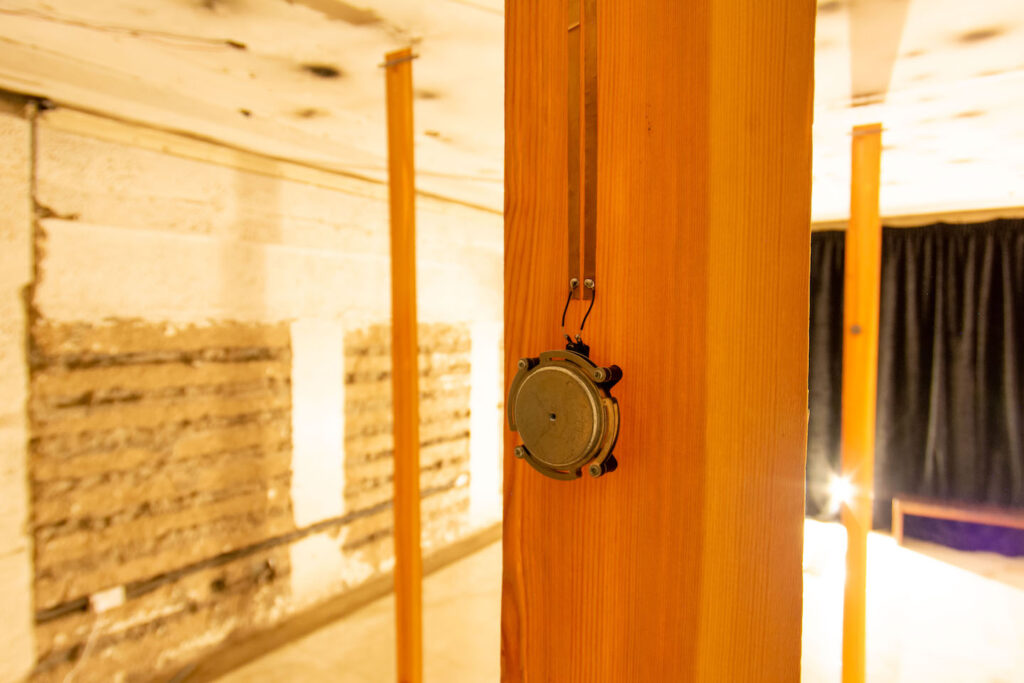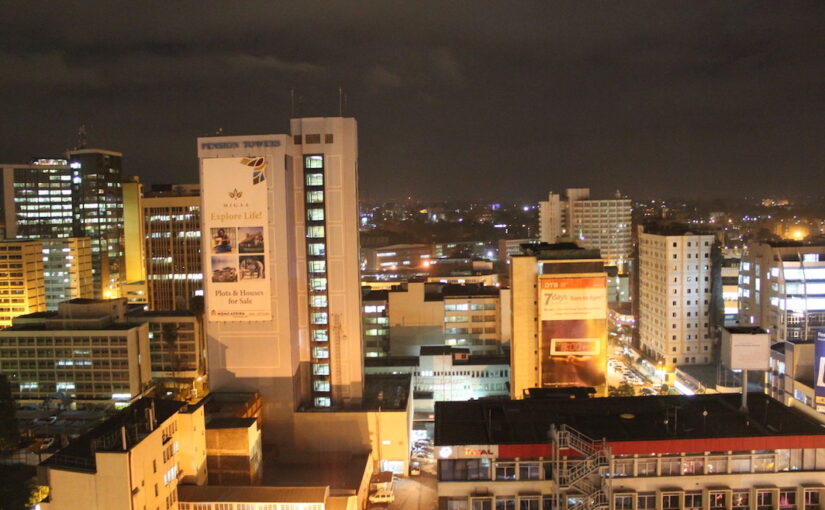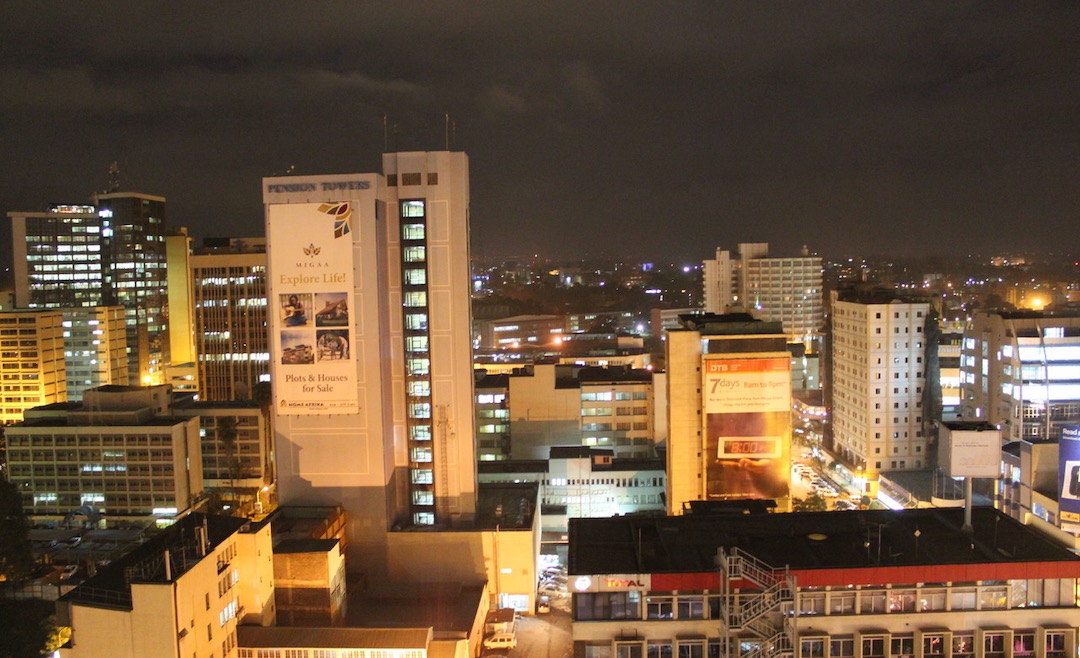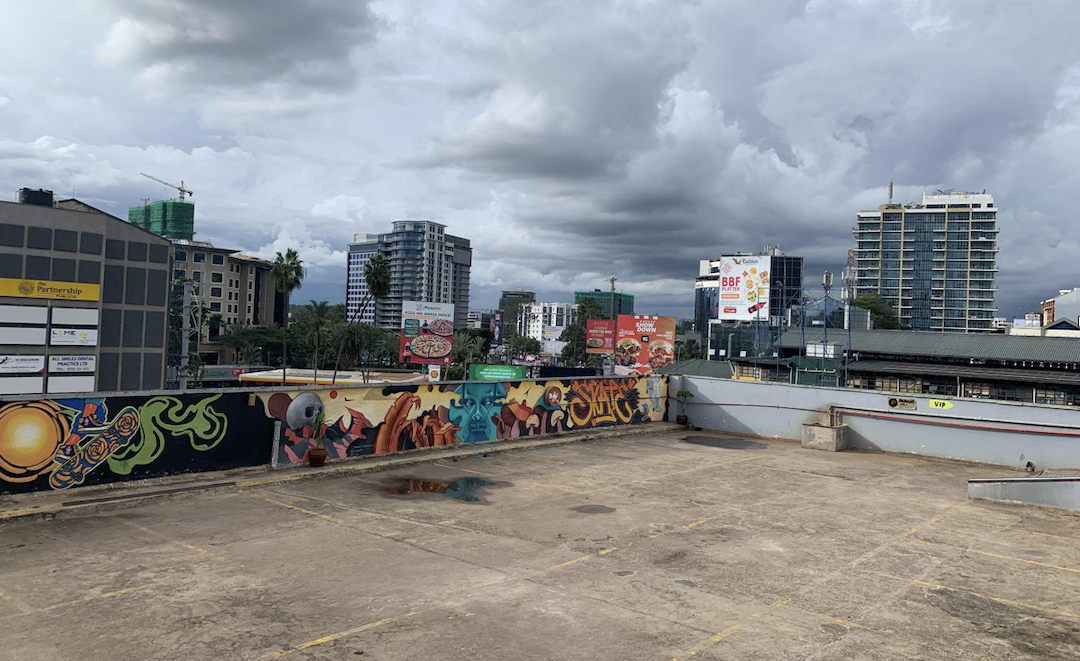
LOUD PRIDE: Nairobi’s Growing Skate Scene
- Larson Bukowski
- ,
- ,
The air was electric at the event known as Amps and Ramps, and the sounds of skating could be heard from as far away as outside the gates to Shangilia SkatePark. Cheering and yells of excitement reverberated from in and out of the bowl,underscored by the scrape of wheels against concrete and thunderous guitar riffs. As people arrived at the park, greetings joined the air of celebration, with returning members of the community making the rounds of meeting old and new friends alike. Every once in a while, a yell of elation would erupt as someone landed a new trick they had been working on for the day, adding an infectious sense of pride that today was a smash hit throughout.
Skateboarding in Nairobi is something that has been written about by everyone from CNN to Red Bull (yes, the energy drink). However, not much has been written about the sounds that come from the regular spots like the Shangilia Skatepark and the Westlands Mall contribute to create a scene that is constantly growing and evolving to meet the needs of Nairobi’s youth. Since arriving in Nairobi, I have been able to make friends with skaters here in Nairobi and hear about all this exciting development myself, as well as witness it firsthand.
I first heard of the skateboarding scene in Nairobi through my professor Wangui Kimari when she brought in a chairman of the Skateboarding Society of Kenya, George, as a guest lecturer. After some conversations with him and other skaters that he introduced me to, I was able to learn a great deal about how sound plays a role in skating. The Skateboarding Society of Kenya has established itself as a place to connect youth of Nairobi together on a common ground, building a community of skate culture from the ground up to provide alternate pathways towards livelihood. To further expand my knowledge of the scene, I also got into contact with Antoinette, co-founder of GirlskateNairobi, to learn about how a male-dominated activity is shifting to become more equitable in practice and formation. GirlSkateNairobi is a community of young Kenyan women who skateboard, and help with the overall mission to connect, represent, and empower through the act and joy of skateboarding, using both in person events and social media to reach the masses. Through both of these discussions as well as urban observation, I have been able to better document the intersection between sound and skateboarding.
Both George and Antoinette, when asked about how skating and sound connect, talked about how the sound itself of skateboarding is like a call to other skaters to see who is out on the streets or at the park. Because the sound of a skateboard is so distinct in contrast to the other noises of the numerous cars, matatus, and boda bodas, it sticks out and calls to other skaters to see who it is. If it’s someone they know, then it is a reunion of friends talking about tricks or plans. If it is someone they haven’t met before, then it is a new member of the skateboarding scene. It creates this coalition between expression, support, and sound.
This coalition increases with size as music becomes involved. On April 13th, both the Skateboarding Society of Kenya and GirlSkate Nairobi worked together to host an event to coincide with the reopening of Shangilia Skatepark. The event, Amps and Ramps, was an all day event that hosted skating competitions and live music from local artists within Nairobi. The event was a major success in drumming up support for skateboarding in Nairobi, with one skater saying that more people showed up than expected by a wide margin, from families with children to young people wanting to learn how to skate. Simultaneously, people who showed up got to see skaters show off their best tricks while listening to local rock bands. Some of these bands included Nairobi rock, punk, and metal mainstays like Crystal Axis and Chovu, continuing the perception that rock and skating are connected. As bands played, skaters would speed up and down the ramps, flipping boards and grinding rails. The area in front of the bands was teeming with those moving from end to end on their boards.
Music continues to build the coalition because it is another angle where skaters can distinguish themselves. George told me about how skaters often associate their styles of skating with distinct genres of music. If a skater, says George, has a more relaxed style of skating, they usually gravitate towards a more relaxed genre of music like hip hop to distinguish themselves in social media posts and skate videos. Music is a large part of skate culture in Nairobi, and music could be heard at Shangilia Skatepark blaring from someone’s phone while others skated. People would share earbuds with one another while they were doing tricks as well, looking to share in added revelry with music while practicing. Skateboarding is a heavily individualized practice, with it revolving around how skaters decide to test out tricks that they see. From this, a style that is more based on the individual rather than what is seen as “correct” is born, backed up by a differing sound from the skating itself, depending on speed or accessories that are attached to the board (such as different wheels or bearings), as well as the music that is associated with it.
Skateboarding as a whole is an activity that generates a lot of sound, and that adds to the mystique of it all. Two of the people interviewed (George and fellow skater Felix) talked about how they were inspired by Tony Hawk’s Pro Skater, a video game series where you earn points for doing the best tricks in a certain amount of time. The noises (such as those that occur when you successfully land tricks) from the game have both been inspired by skating and inspired events outside of the game. At Amps and Ramps, competitions were done by seeing who could mimic or outperform the other in terms of tricks. The loser of each round of tricks earns a letter of the word SKATE, and the first one to spell out this word loses the competition. This is in reference to Tony Hawk, as the word SKATE would be possible to collect across its five letters in a level, with the collection of each letter giving off a noise (here). This goes along with how music is intertwined with skating as well, with music being played over these competitions at Amps and Ramps to get the crowd more excited. The yells of excitement over a skater landing a trick and gaining the upper hand in a game of SKATE fills the entire park with energy, and bounces off the walls, encouraging other skaters to try the tricks themselves.
Sound and skating seem to bring with it a loud pride that reverberates out from the skatepark and across the city. From cheering as people congratulate each other on their tricks to the humming and singing along to music that reflects on their style, there is much to be said about how sound plays off of skating. The pride of being a skater is not a quiet one, rather it is the loud rumbling of the wheels against concrete and dirt path alike, along rails and stairs and the curve of the bowl, it is the excitement that skaters show when they hear this noise that shows that the sounds pull them together into a coalition. No matter what their background is, they will always have skating, and the community that has been created around it.
Larson Bukowski is an undergraduate student at American University in Washington D.C. studying international studies and the Arabic language. His studies as a student while in Nairobi focused on the rock, punk, and metal scene, as well as skateboarding and youth movements in general. He hopes to expand these studies in his last semester of his undergraduate degree.
GirlSkateNairobi can be found on Instagram and TikTok as @girlskate_nairobi
The Skateboarding Society of Kenya can be found on Instagram as @skateboarding_society_of_kenya
© 2020 SOUND OF NAIROBI
